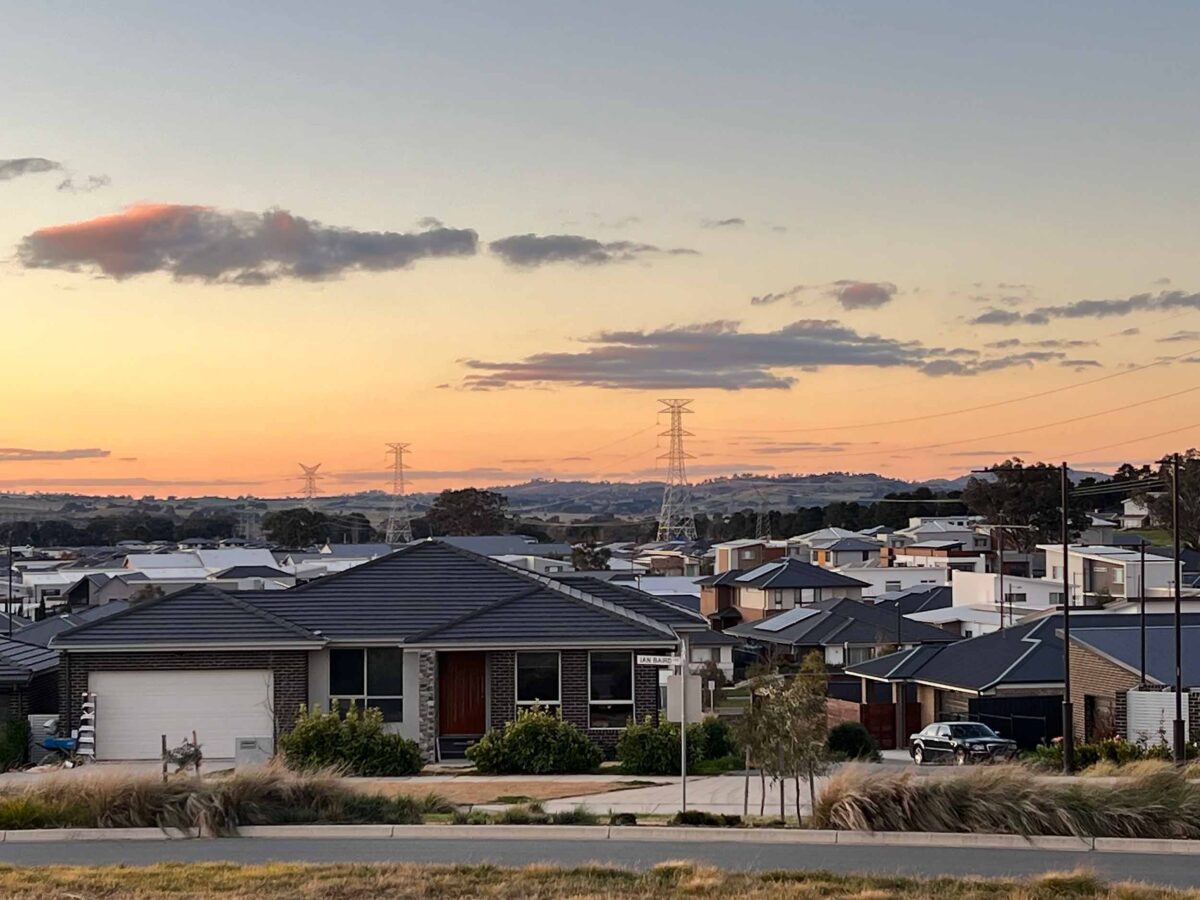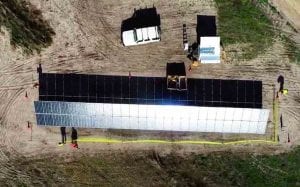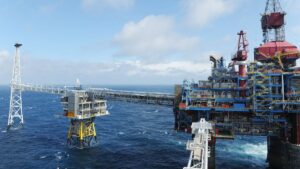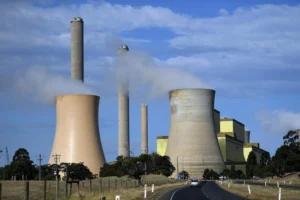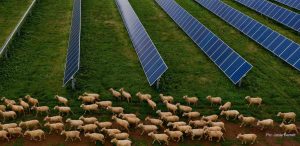The ACT government has unveiled its Integrated Energy Plan which lays out the pathway to become Australia’s first 100 per cent renewable, all electric city.
Canberra has already cemented itself as one of Australia’s leaders in the transition to cheaper and cleaner electricity, having successfully hit 100 per cent renewable electricity back in 2020. It also has the highest uptake of electric vehicles with a share of more than 20 per cent of new car sales.
The ACT government is now prioritising a “just transition” for the whole territory, with the release of the plan that roll out support for electrifying community and public housing, lowest income and vulnerable households, and apartment residents.
It estimates that the switch from gas cooking, heating, and hot water to efficient electrical appliances will save a household around $735 a year – and even more when paired with solar.
“The ACT is preparing to electrify our city and transition away from the use of fossil fuel energy,” the document says.
“We will be the first Australian city to reach net zero emissions and 100% renewable energy. This will bring economic opportunities and savings to households and businesses as they swap from fossil fuel cars and appliances to more sustainable options. – the new Integrated Energy Plan (IEP) seeks to ensure all Canberrans can benefit.”
The plan includes a new Community Partnership Electrification Program that will support lowest income and vulnerable households. This program will run over two years to cover the up-front costs of energy efficiency upgrades and electrification for approximately 350 low-income households.
Apartment residents will also benefit from the latest IEP, with a new Retrofit Readiness program offering free advice and electrification planning for multi-unit buildings. The IEP will also seek to identify and resolve regulatory barriers to electrification in upgrades in multiunit buildings.
Other initiatives include interest free loans for multi-unit buildings to become Electric Vehicle (EV) ready, a new program to help multi-unit buildings develop a plan to electrify, and rebates of up to $3000 for fleet operators to install EV chargers.
“By 2045 the ACT’s energy supply will be 100% renewable, with renewable electricity making up the bulk of energy use for households and businesses,” the document says. “Renewable gas will be used for niche applications. Fossil fuels, such as fossil fuel gas, petrol and diesel will be phased out.”
The IEP will also provide training subsidies to priority trades that support the energy transition and increase subsidies for the Certificate III in Electrotechnology Technician.
“The Integrated Energy Plan and the ACT Infrastructure Plan set out a long-term vision to build Canberra’s future,” said Andrew Barr, ACT Chief Minister and minister for climate action.
“As Canberra grows towards a city of 500,000 people by 2027, we have a plan to invest in infrastructure that supports our city’s future through affordable, clean energy.
“Swapping from gas to electric appliances and investing in energy efficiency will deliver significant bill savings to Canberrans. For the 18,700 households that have already taken up loans under the SHS, to date they have already saved an estimated $43 million on their energy bills.
“The ACT Government is committed to ensuring all Canberrans benefit from the transition to a low emissions future, not just those that can afford it.”

